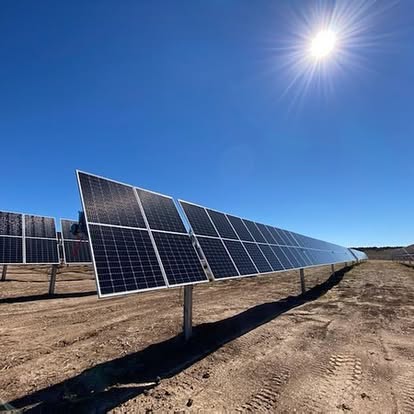A New Mexico appellate court upheld rules intended to reduce the ozone levels in oil and gas regions. The New Mexico Court of Appeals ruled that the Independent Petroleum Association of New Mexico failed to present sufficient evidence that the rule needs to be overturned. Ozone is formed when volatile organic compounds and nitrogen oxides […]





